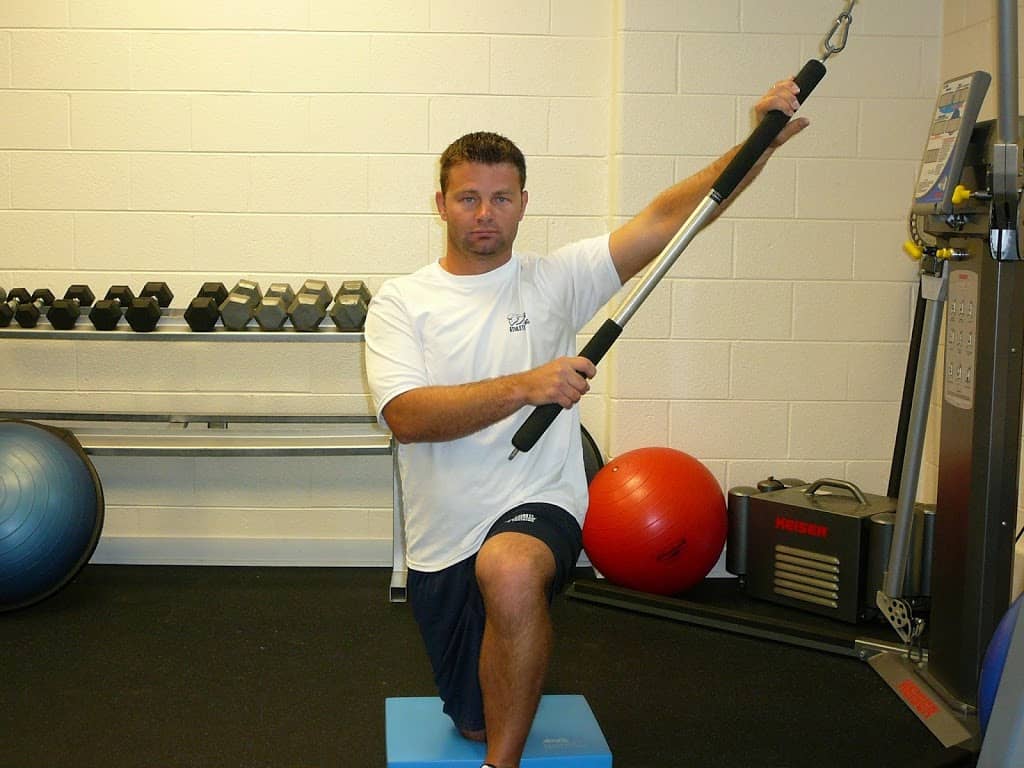
PNF (Proprioceptive Neuromuscular Facilitation)
PNF is a tool that helps improve the neuromuscular system’s effectiveness in coordinating movement. Originating as a treatment for individuals with cerebral palsy and other neurological conditions, it’s goal is to give the brain sensory information so it can heighten awareness of the position of the limbs in space. Distal stimulation is reinforced proximally, meaning the sensory receptors of the hands and feet are used to help the hips and shoulders find their proper positioning. Having a solid grab of this ‘home base’ helps the body figure out how to correctly adjust to the demands being placed upon it.
Effective movement requires effective communication between the muscles and joints, creating stability and mobility where necessary. PNF increases the readiness of the input to output feedback loop. It creates an awareness of tension so the muscle can then be relaxed. Often used to highlight the performance (or lack) of antagonists, the contract-relax cycle drives range of motion reflexively, increasing mobility on one side of the body by increasing the tone on the other. In short, tight muscles are ramped on so they can be turned off. With the impeding muscles relaxed, the desired muscle can lengthen and stretch.
Charlie Weingroff takes a crack at exploring this phenomenon, and how it’s different from static stretching here:
If you have trouble moving or controlling limbs vertically or horizontally, attempt them at a diagonal. The slight abduction makes it easier for joint alignment and neurological correction.
 |
| photo credit: womenshealthmag.com |
Used alone or in conjunction with other exercises, PNF contributes to stability, mobility, and motor control practice, all in one shot. Incorporate it into your training to maximize efficiency.





